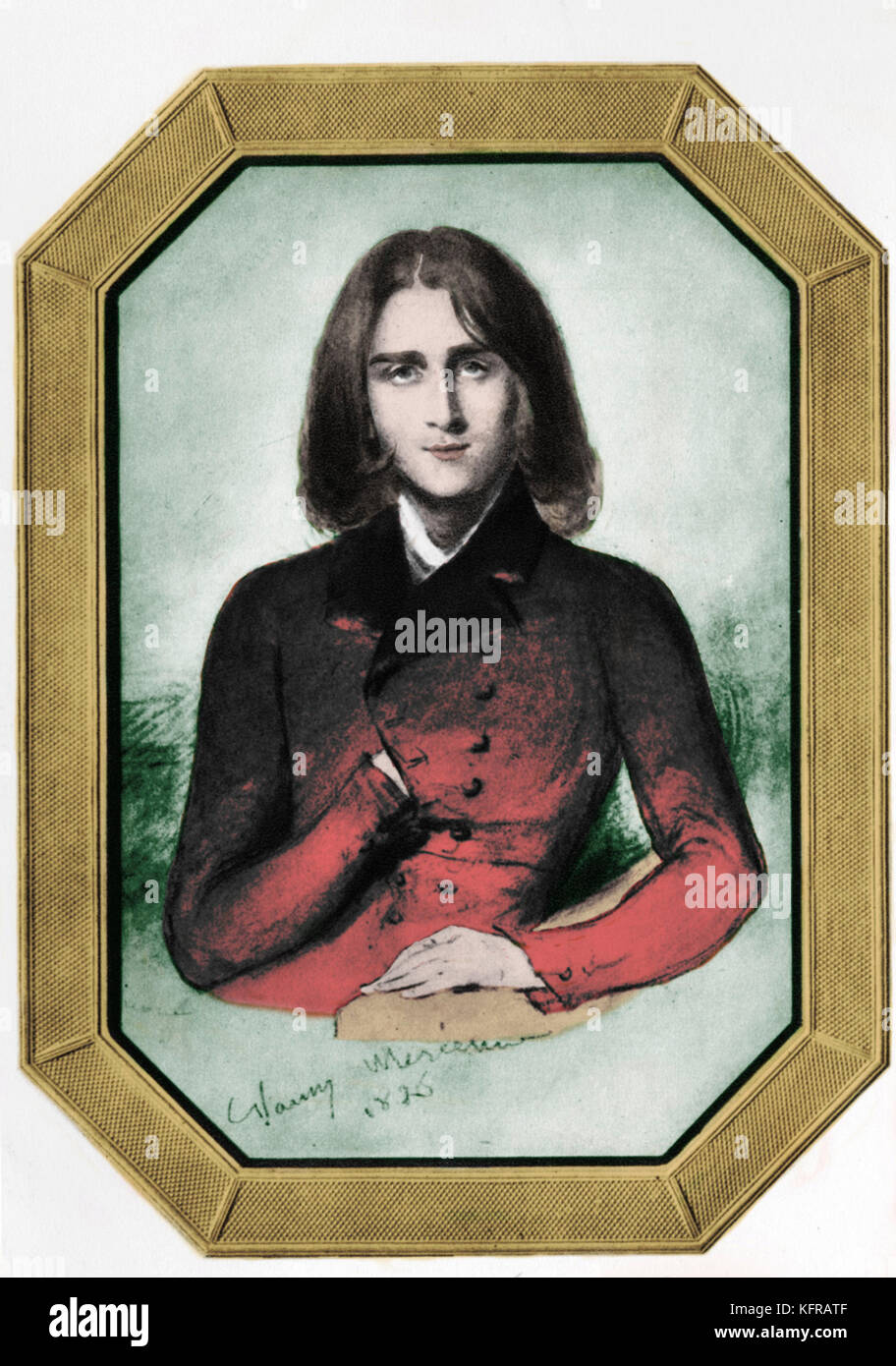

Liszt changed the way the piano is positioned on the stage, placing it to the right of the stage and opening the lid toward the audience. Liszt invented solo recitals – before Liszt it was unheard for an artist to give a solo performance (doing so was probably perceived as immodest). For three years he stopped appearing in public and practiced non-stop (putting in Malcom Gladwell’s 10,000 hours). After Liszt heard Paganini he remarked, “What wonderful things might be done with the piano if its technical possibilities were developed as those of the violin have been by Paganini.” He decided to become the Paganini of piano. The violin had undergone its most dramatic improvements two hundreds years before the piano did, and it was a mature instrument by that time. In 1832 Liszt attended a concert of the Italian violin virtuoso Niccolo Paganini. However, this tour was suddenly interrupted by his father’s untimely death. No town was too small – he loved the attention and the applause. Liszt went on a three-year tour, giving several performances a day. He made an endorsement deal with young Franz, providing pianos for all of Liszt’s performances. Erard smitten by the boy’s genius and also recognized a unique marketing opportunity. Erard was also the first piano maker to fit pedals under the piano.Īs the story goes, young Franz wandered into the Erard store and started playing on one of the instruments. He was the first rockstar of Europe – he was Michael Jackson before Michael Jackson was Michael Jackson.Īs luck would have it, on a trip to Paris, Franz Liszt stayed in a hotel right across the street from Erard Piano – a trailblazing piano maker that invented the double escapement movement that sped up the piano and significantly reduced the limitations of previous generations of pianos. He was a child prodigy and a virtuoso pianist. Liszt was born sixteen years before Beethoven’s death. This brings us to Franz Liszt (1811-1886). These changes transformed a delicate instrument into an incredibly powerful beast that can replace an orchestra but that at the same time retains the gentleness of its ancestors. The biggest differences between the pianoforte and fortepiano (the modern piano) are, first, that the frame the harp strings are tied to is not wooden but metal the low-tension strings have been replaced with high-tension ones the instrument has a range of two additional octaves (14 extra white keys) and the hammers are covered with tightly compacted felt instead of leather. He complained to the piano manufacturer that pianos wore out very fast. At one point he had broken 78% of the strings in his piano. Beethoven was one of the early adopters and beneficiaries of the piano’s evolution and played an important role in the evolution of the instrument. This transformation had a major impact on the music that was composed and, in a musical feedback loop, composers impacted the instrument. But from the late 1700s to the early 1800s the piano underwent a significant transformation. Mozart died in 1791, just as the fortepiano (or simply, piano), the instrument we are all familiar with, was starting to emerge. Think of Mozart’s piano concertos or sonatas, which were written for pianoforte. Each note is very clear and distinct, and the pianoforte has still not completely lost the sound of the harpsichord.

The sound of the pianoforte is different from the sound we accustomed to hearing today: it is lighter, and the instrument did not have a double escape mechanism and thus could not repeat sounds rapidly – it speaks instead of signing. This is the instrument used by Mozart and the young Beethoven. The frame that held the strings was still wooden, and the strings were held at low tension. In fact it was called a harpsichord – think of it as a harp (wooden frame with stretched strings) with a keyboard.Īround 1700 the harpsichord gradually transformed into a pianoforte, which had the same look as the harpsichord, but instead of the strings being plucked they were hit by little leather-wrapped hammers.

Though the earlier instrument had a similar shape and had a keyboard, its interior plumbing was completely different. The piano you see today in concerts hall or in private homes was not always like that. I don’t think you can talk about Liszt without talking first about the evolution of the piano. Listen on: iTunes | Google Podcasts | Onlineįranz Liszt was a Hungarian composer and pianist.


 0 kommentar(er)
0 kommentar(er)
